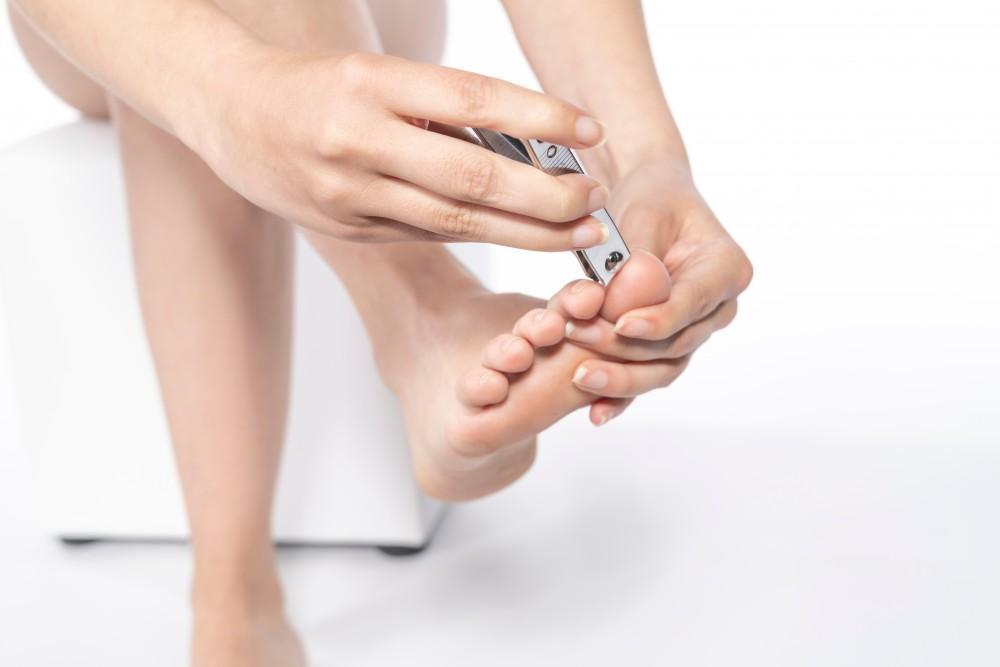
Try These Exercises to Ease Your Neuropathy Pain

Neuropathy, a condition characterized by nerve damage, can lead to discomfort, pain, and burning or tingling sensations in various body parts. Neuropathy can develop in any limb, but when it’s your feet, it can make moving from point A to point B tough.
At Family Foot and Ankle Center of South Jersey, our experienced team of providers treats neuropathy with physical therapy, topical creams, and medication. We also recommend incorporating specific exercises into your daily routine to help alleviate neuropathy pain and improve your quality of life.
Let’s take a closer look at some exercises that can aid in managing neuropathy symptoms.
Talk to us
Before starting any exercise regimen for neuropathy, it's crucial to consult with your Family Foot and Ankle Center of South Jersey podiatrist. We help you choose exercises that are safe and appropriate for your specific condition and limitations.
In general, you may benefit from:
Aerobic exercises
Aerobic exercises, such as walking, swimming, or cycling, can improve circulation, and boosting circulation is essential for neuropathy management. These low-impact activities enhance blood flow to your affected nerves, reduce discomfort, and promote nerve health.
Tai Chi
Tai Chi is a gentle, low-impact exercise focusing on balance, flexibility, and mindfulness. This ancient practice can help improve neuropathy symptoms by enhancing nerve function, reducing pain, and supporting psychological and physiological well-being.
Stretching and yoga
Stretching exercises and yoga are beneficial if you have neuropathy. They can enhance your flexibility, alleviate muscle tension, and improve mobility. Specific yoga poses can target neuropathy-affected areas and relieve pain and discomfort. Yoga can also help reduce feelings of anxiety and depression, which are common when dealing with chronic pain.
Strength training
Incorporating strength training exercises into your routine can help increase muscle mass and improve body strength. Stronger muscles provide better support to neuropathy-affected areas. As a result, increasing lean muscle mass can help reduce strain on your nerves and help improve your balance.
Balance and coordination exercises
Nerve damage can affect your balance and coordination, especially if muscle weakness and numbness are two of your neuropathy symptoms. Balance exercises like standing on one leg or using a balance board can help enhance your stability and prevent falls, which can be especially dangerous for those with neuropathy.
Water aerobics
Exercising in water is an excellent option for people with neuropathy, as it reduces the risk of injury while providing resistance for muscle strengthening. Water aerobics can also help improve circulation and reduce pain.
Breathing exercises
Mindful breathing exercises, such as deep breathing and diaphragmatic breathing, can help reduce stress and anxiety, which can exacerbate neuropathy symptoms. Stress management is an essential component of managing neuropathy pain.
Take care of your feet
Whether walking around the block, biking, or heading to a water aerobics class, take extra care of your feet. Wear the proper shoes for your designated activity, choose seamless socks (to prevent blisters), and always, always inspect your feet daily.
Exercise alone isn’t enough to combat neuropathy pain
Although exercise is important, it may not be enough to combat neuropathy pain. In our Cherry Hill office, we take a holistic approach and look at all aspects of neuropathy management, from exercise to medication. If you have diabetes, managing your blood sugar levels is essential since diabetes is a risk factor for neuropathy.
Don’t battle neuropathy alone. Call our office at 856-381-0310 to book your next appointment.
You Might Also Enjoy...


5 Ways to Keep Your Bunion Pain to a Minimum

Gout: What Is It and How Can I Get Rid of It?

Complications of an Untreated Ankle Sprain

Suspect You’ve Broken Toe? How To Tell and What to Do


